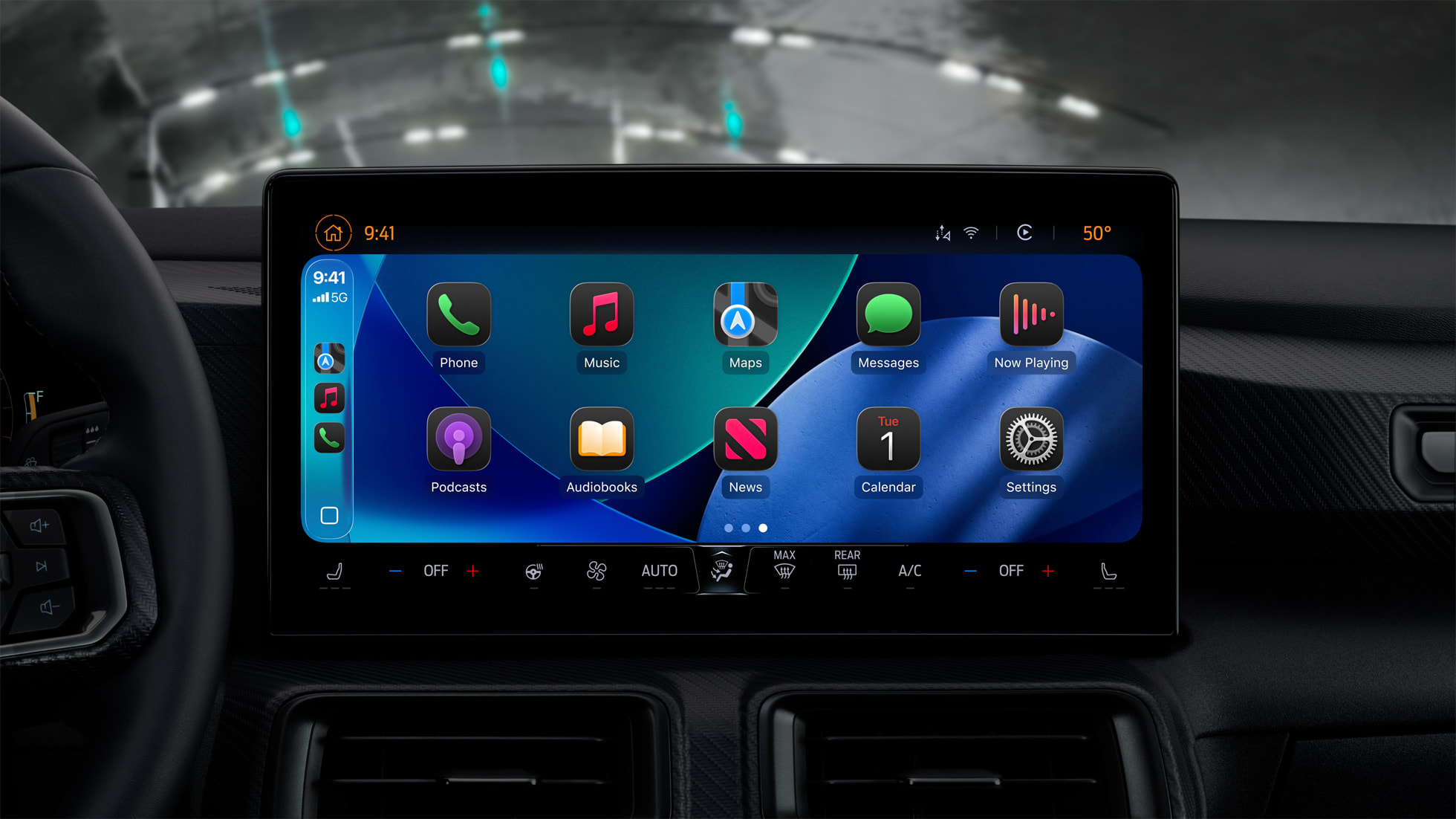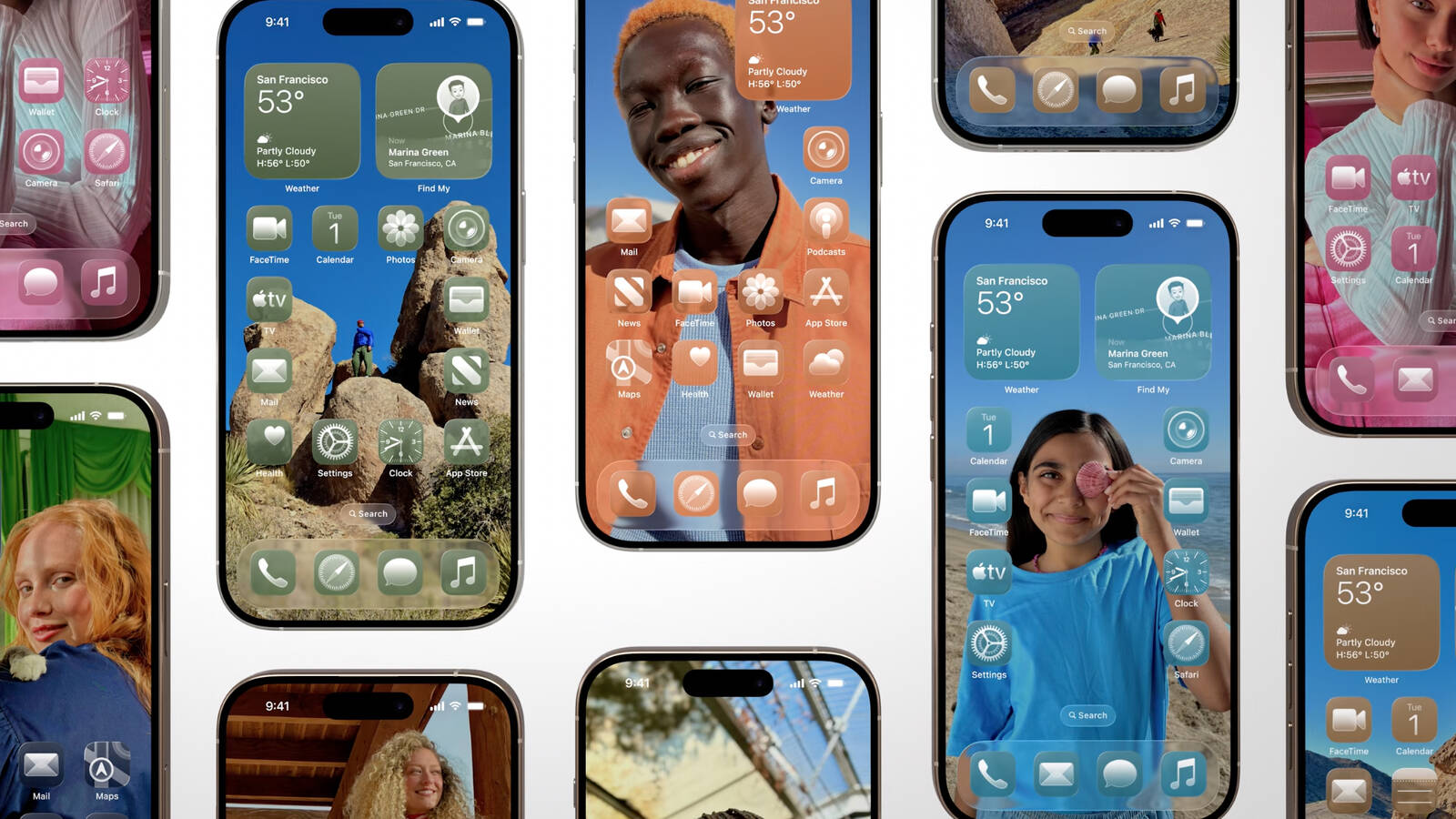Apple's iPhone development roadmap runs several years into the future and the company is continually working with suppliers on several successive iPhone models simultaneously, which is why we often get rumored features months ahead of launch. The iPhone 17 series is no different, and we already have a good idea of what to expect from Apple's 2025 smartphone lineup.
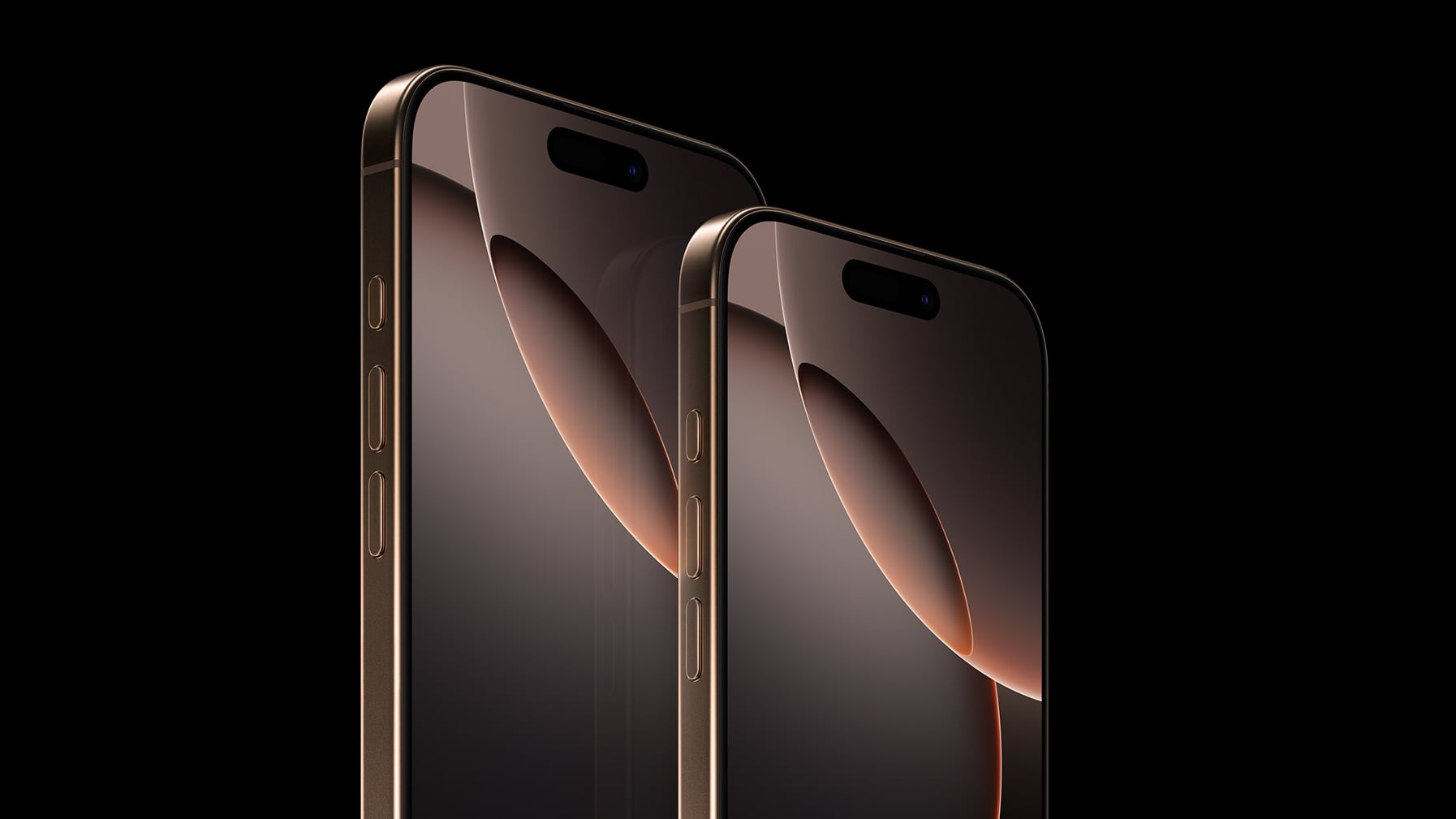
If you skipped the iPhone 16, or if you're just plain curious about what's on the horizon, here are 17 rumored features that we are expecting to arrive in time for Apple's successor lineup, the iPhone 17 series, which is likely to be released around mid-September.
1. iPhone 17 "Air"
iPhone 17 Plus
Apple plans to launch an
all-new iPhone 17 model with a "significantly thinner" design, reports
The Information. The device, which could be called "
iPhone 17 Air," will feature a "major redesign" that will feature a single rear camera located on a horizontal camera bar running along the top of the device, along with a narrower Dynamic Island, according to
Apple analyst Ming-Chi Kuo. Apple analyst Ming-Chi Kuo believes the iPhone 17 Air will be 5.5mm thick at its thinnest point, which likely means it will have a 5.5mm chassis with a thicker rear camera bump area. The device is rumored to have a 6.6-inch display size, and is likely to replace the Plus model in Apple's lineup. Other reported features include an aluminum chassis, an A19 chip,
Apple's C1 modem, an Action button, a Camera Control button, and a 24MP front camera. See our
iPhone 17 Air rumor roundup for more.
2. New All-Aluminum Design
All iPhone 17 Models
Apple is
reportedly planning to bring all its devices back to aluminum with the iPhone 17 lineup. The two flagship iPhone 17 Pro models will mark the return of aluminum frames to high-end iPhones for the first time since Apple began distinguishing between Pro and non-Pro models. In recent years, aluminum frames have been reserved for lower-end devices like the iPhone SE and iPhone 16, while premium models featured stainless steel frames until the iPhone 15 Pro, which introduced a titanium chassis as a major upgrade. This shift in materials for the iPhone 17 lineup signals a unified approach, with aluminum frames set to return across the entire device range.
3. Significantly Redesigned Camera
iPhone 17 Pro & iPhone 17 Pro Max
This year's iPhone 17 Pro models will have a
major redesign, specifically centering around changes to the rear camera module. Apple will move away from the familiar square camera bump to a distinctive aluminum camera bar that spans the device's width, according to
recent reports. The camera area will be the same color as the rest of the device. The redesigned camera module is not expected to extend to the regular iPhone 17.
The devices are
rumored to feature a new rear design combining aluminum and glass. The top half of the back will be aluminum, incorporating a new camera bump made from aluminum instead of the traditional 3D glass. The bottom half will remain glass to enable wireless charging. While Apple has used a glass back since the iPhone 8 and iPhone X in 2017, earlier iPhone models—except the iPhone 3G, iPhone 3GS, and iPhone 5C—had aluminum rears. Additionally, the aluminum camera bump on the iPhone 17 Pro will reportedly be larger than in previous models, according to
The Information.
4. New Display Sizes
iPhone 17 & iPhone 17 Plus
Last year's iPhone 16 Pro and iPhone 16 Pro Max got bigger display sizes, going from 6.12- and 6.69-inches to 6.27- and 6.86-inches, respectively. For 2025, Apple is also expected to bring the larger 6.27-inch display size to its standard iPhone model, while the equivalent "iPhone 17 Plus" model (provisionally called "iPhone 17 Air") could adopt
completely new display dimensions.
5. 120Hz ProMotion (Always-on Display)
iPhone 17 & iPhone 17 Plus
Rumors indicate Apple intends to
expand ProMotion to all iPhone models in 2025, allowing all models to
ramp up to a 120Hz refresh rate for smoother scrolling and video content when necessary. Previously, only "Pro" models in Apple's iPhone lineup have had the feature. Notably, ProMotion would also enable the display on the iPhone 17 and
iPhone 17 "Air" to ramp down to a more power-efficient refresh rate as low as 1Hz, allowing for an always-on display that can show the Lock Screen's clock, widgets, notifications, and wallpaper even when the device is locked. Most recently, one leaker has
disputed that the non-Pro models will get ProMotion, claiming that they will come with fixed 120Hz screens to maintain some differentiation.
6. Apple-Designed Wi-Fi 7 Chip
iPhone 17 Pro & iPhone 17 Pro Max
Apple's premium 2025 models are
expected to be equipped with an Apple-designed Wi-Fi 7 chip for the first time. Wi-Fi 7 support would allow the "Pro" models to send and receive data over the 2.4GHz, 5GHz, and 6GHz bands simultaneously with a supported router, resulting in faster Wi-Fi speeds, lower latency, and more reliable connectivity. The Wi-Fi chip would also allow Apple to further reduce its dependance on external suppliers like Broadcom, which currently supplies Apple with a combined Wi-Fi and Bluetooth chip for iPhones.
7. 48MP Telephoto Lens
iPhone 17 Pro & iPhone 17 Pro Max
An upgraded 48-megapixel Telephoto lens on Apple's premium devices is
expected to be optimized for use with Apple's Vision Pro headset, although we don't how any details on how it will interface with the Vision Pro. The upgraded Telephoto would make the iPhone 17 Pro models the first iPhones to have a rear camera system
composed entirely of 48-megapixel lenses, making it capable of capturing even more photographic detail. The new Telephoto lens will offer 3.5x zoom (85mm equivalent) instead of the 5x zoom (120mm equivalent) currently available, according to one rumor. This focal length is generally better suited for portraits and everyday photography, since it allows users to frame shots without having to move as far away from the subject. However, the big shift allegedly comes from the new 48MP sensor, in that the extra resolution allows for digital cropping to simulate longer focal lengths, offering less quality loss than normal digital zoom.
8. 8K Video Recording
iPhone 17 Pro & iPhone 17 Pro Max
Apple reportedly
tested 8K video recording on the iPhone 16 Pro models, but such functionality is still not available. With the iPhone 17 Pro models expected to have entirely 48-megapixel rear cameras, there is a good chance that 8K video recording will debut on those devices. Several rival smartphones currently offer 8K video recording capabilities, such as the Samsung Galaxy S25 Ultra and the Google Pixel 9 Pro (via AI upscaling). Even though 8K video recording isn't widely used by content creators right now, there are still use cases for it. For example, shooting 8K would allow videographers to record using the Ultra Wide camera and then crop in 50% and still achieve 4K resolution. Notably,
Bloomberg's Mark Gurman in February
reported that Apple plans to emphasize the iPhone 17 Pro's improved video recording capabilities when it unveils the device later this year, so it's quite possible that 8K video recording will be one of the capabilities that Apple will tout when the new lineup launches.
9. 24MP Selfie Camera
All iPhone 17 Models
The iPhone 17 lineup will feature a
24-megapixel front-facing camera with a six-element lens, according to one rumor. The iPhone 14 and 15 feature a 12-megapixel front-facing camera with five plastic lens elements, and last year's iPhone 16 lineup features the same hardware. The upgraded resolution to 24 megapixels on the iPhone 17 will allow photos to maintain their quality even when cropped or zoomed in, while the larger number of pixels will capture finer details. The upgrade to a six-element lens should also slightly enhance image quality.
10. Scratch Resistant Anti-Reflective Display
All iPhone 17 Models
The iPhone 17 will feature an anti-reflective display that is more scratch-resistant than Apple's Ceramic Shield found on iPhone 15 models,
according to one rumor, although the new iPhone 16 Pro models do have the latest-generation Ceramic Shield, which has an advanced formulation that is 2x tougher than glass on any other smartphone. The outer glass on the iPhone 17 is said to have a "super-hard anti-reflective layer" that is "more scratch-resistant." It's not clear whether Apple is planning to adopt the Gorilla Glass Armor that Samsung uses in its Galaxy S24 Ultra, but the description of Corning's latest technology matches the rumor. That said, one oft-reliable source who spoke to
MacRumors has suggested Apple may have
canceled its plans for the scratch-resistant coating.
11. More Memory
iPhone 17 Pro & iPhone 17 Pro Max
At least one model in Apple's iPhone 17 lineup will come with 12GB.
Jeff Pu of investment firm Haitong has claimed that the
base iPhone 17 will come with 8GB of RAM, while both Pro models will come with the upped RAM, while Apple analyst Ming-Chi Kuo believes only the
iPhone 17 Pro Max will feature 12GB. In contrast, another
reliable source has claimed that all iPhone 17 models will have 12GB of RAM. For comparison, the standard iPhone 15 and iPhone 15 Plus have 6GB of RAM, and the iPhone 15 Pro models have 8GB of RAM, while all iPhone 16 models have 8GB of RAM. Any such increase would allow for improved multitasking on the iPhone, as well as provide additional resources for Apple Intelligence features that require large-language models to be resident in memory.
12. Smaller Dynamic Island
iPhone 17 Pro Max
Apple's highest-end 2025 iPhone will feature a significantly narrower Dynamic Island, thanks to the device's adoption of a smaller "metalens" for the Face ID system,
claims Haitong's Jeff Pu and a
Chinese leaker. While a traditional iPhone camera has curved lenses that redirect light towards the image sensor, a metalens is a thin and flat lens with microscopic patterns etched onto it that can focus light more precisely. Assuming this results in a narrowed Dynamic Island, it would be the first time that Apple has changed the feature since it debuted on the iPhone 14 Pro in 2022.
13. A19 Processor
All iPhone 17 Models
Apple typically upgrades iPhones with faster and more efficient chip technology each year. While we are not expecting the iPhone 17 series to get TSMC's
next-generation 2-nanometer chips, Apple's A19 chip technology is likely to be built on an upgraded 3-nanometer process. The iPhone 17 Pro and iPhone 17 Pro Max are expected to include an A19 Pro chip, while the iPhone 17 and the iPhone 17 Air could have the standard A19 chip or
even the A18 chip. TSMC is working on its N3P process, with mass production set to begin in late 2024, so that's the chip technology that we're
expecting Apple will use for the iPhone 17 lineup. Compared to
earlier versions of 3nm chips, the N3P chips offer increased performance efficiency and increased transistor density.
14. New Thermal Design
All iPhone 17 Models
The iPhone 17 lineup will feature a vapor chamber heatsink to improve thermal performance,
according to one report. Vapor chamber technology is already used in many high-end Android devices. Vapor chambers work by spreading heat evenly across a larger surface area, preventing thermal throttling and maintaining consistent performance, which is particularly beneficial in slim devices. The report claims that every model in the iPhone 17 series will adopt the improved thermal heat spreader.
15. Reverse Wireless Charging
iPhone 17 Pro & iPhone 17 Pro Max
Apple has reportedly tested a wireless reverse charging feature for its upcoming iPhone 17 Pro models that would make the iPhone capable of delivering power to other Apple devices, according to the Weibo-based leaker
Instant Digital. The Chinese leaker claims that Apple is testing a 7.5W wireless charging feature for iPhone 17 Pro models, and it could be used to charge other Apple accessories like AirPods, Apple Watch, or potentially an upcoming MagSafe Battery Pack.
16. Larger Battery
iPhone 17 Pro Max
Apple is said to have increased the depth of the iPhone 17 Pro Max to 8.725mm, up from 8.25mm on the iPhone 16 Pro Max, which would be a 0.475mm difference in thickness. The increase "surely means a larger battery,"
according to one leaker. Apart from depth, the iPhone 17 Pro Max's frame reportedly remains unchanged, and is otherwise identical to the iPhone 16 Pro Max.
17. Qi 2.2 Wireless MagSafe Charging
Supports Up to 50W
The iPhone 17 series may be the first Apple devices to support the next-generation Qi 2.2 wireless charging standard, based on
regulatory filings. The filings reveal two new MagSafe charger models that support the standard, which is technically capable of up to 50W charging output. In contrast, the Qi 2 standard maxes out at 15W (although iPhone 16 models support upgraded MagSafe charging – with a 30W charger, the iPhones can charge at up to 25W). Of course, there's no guarantee that the iPhone 17 will charge at the maximum 50W output supported by Qi 2.2. In addition to faster charging, Qi 2.2 offers improved magnetic alignment and charging efficiency compared to its predecessor.
This article, "
17 Reasons to Wait for the iPhone 17" first appeared on
MacRumors.comDiscuss this article in our forums
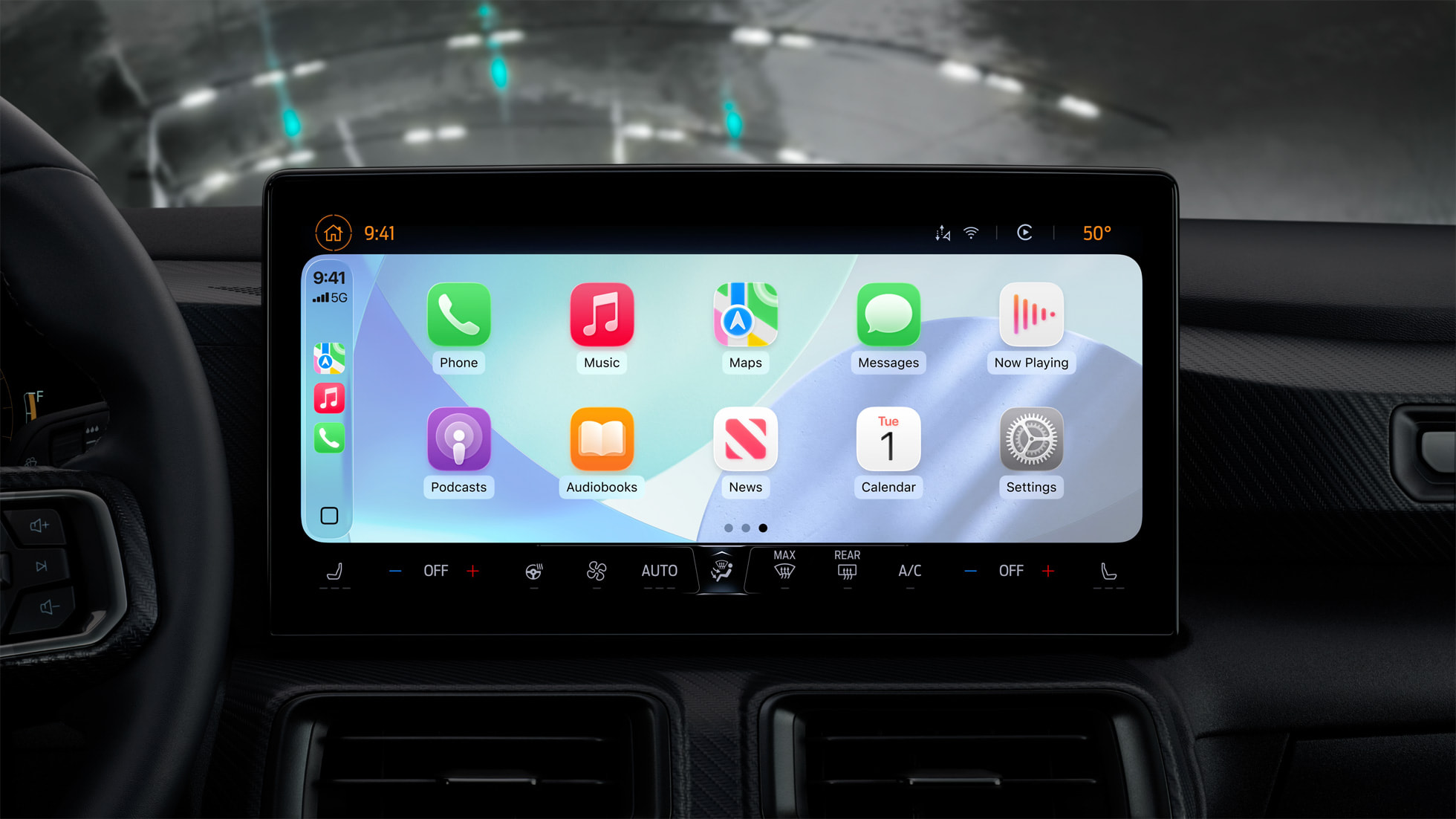
 Before
Before After
After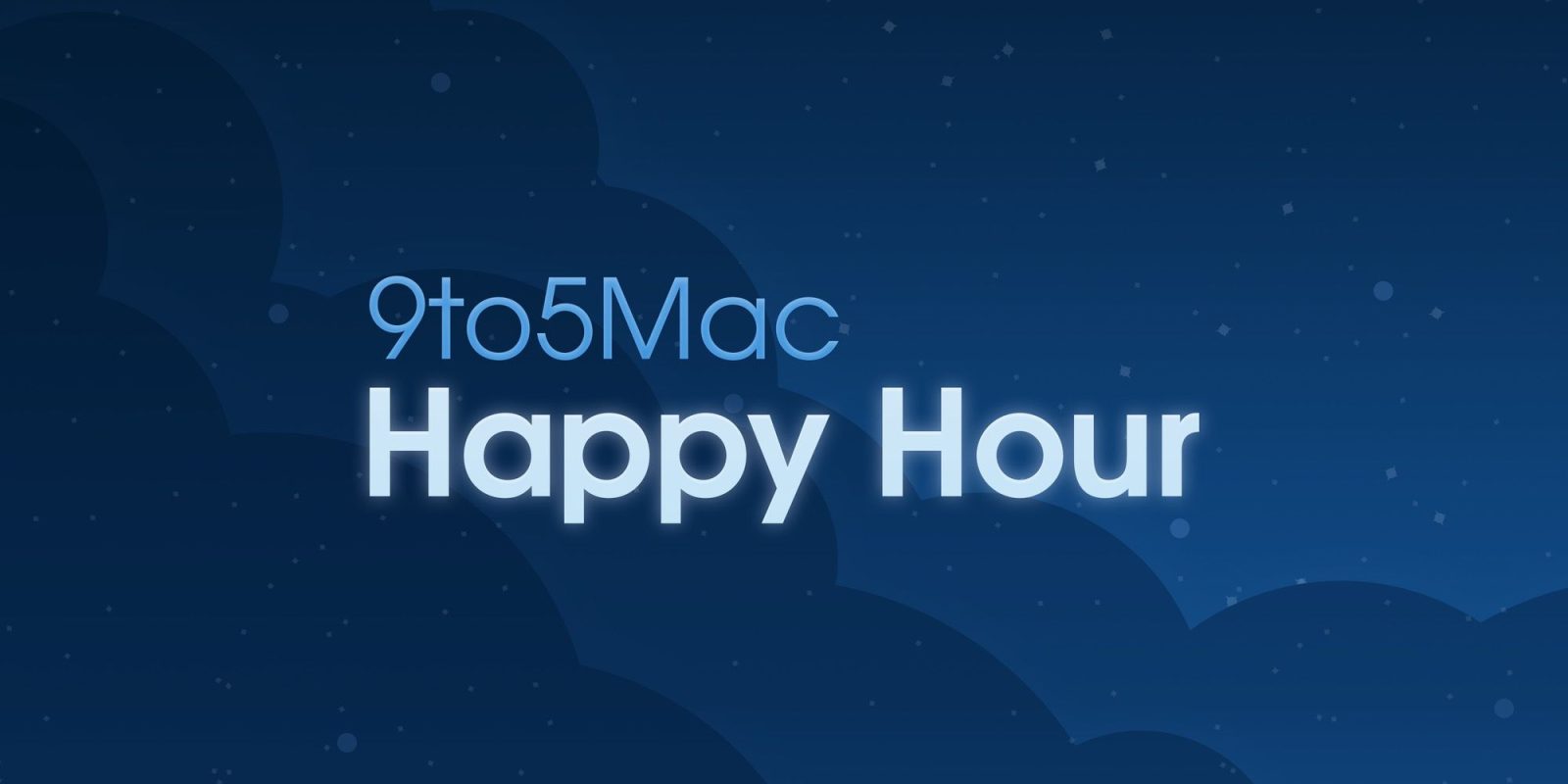



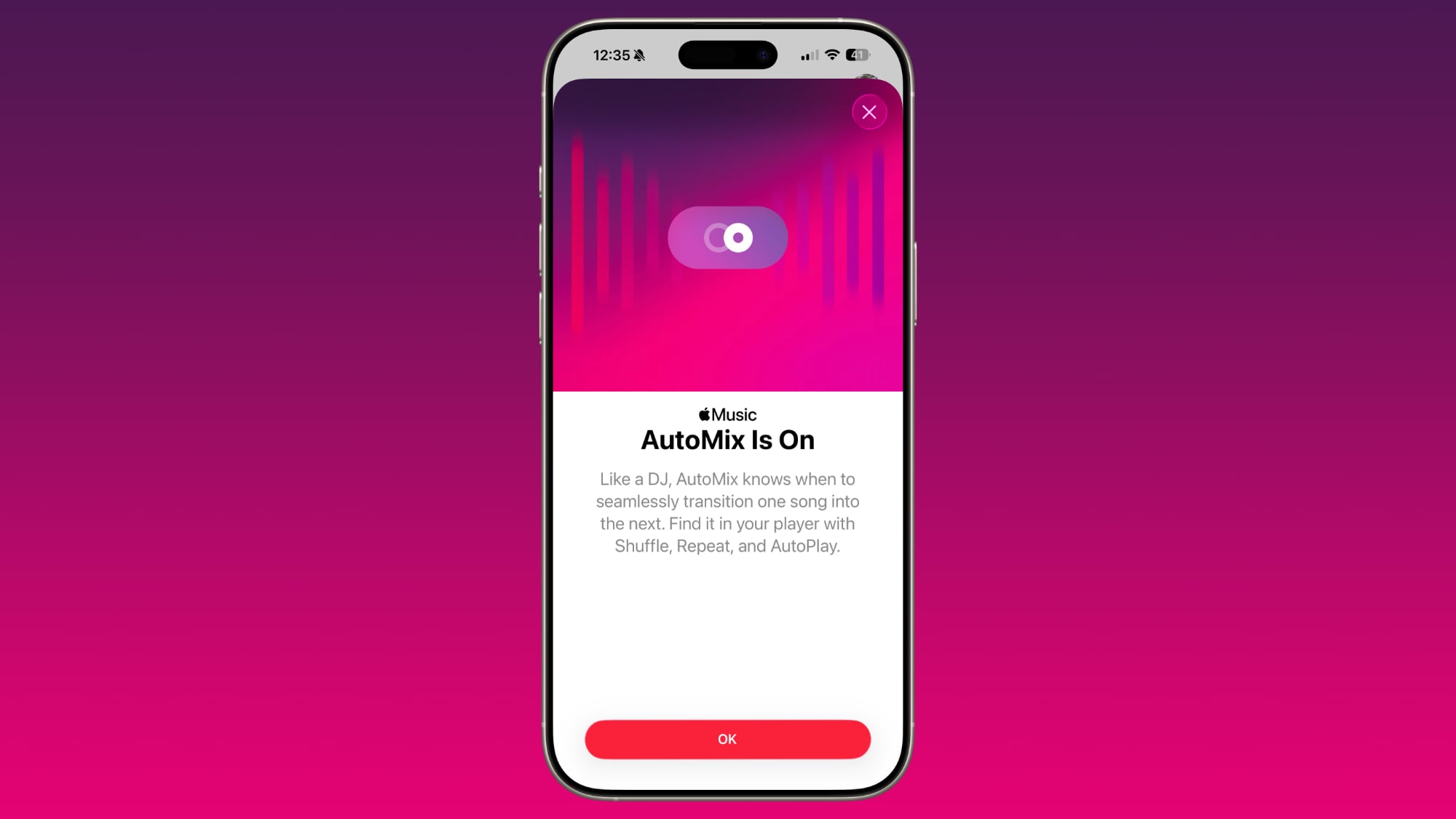
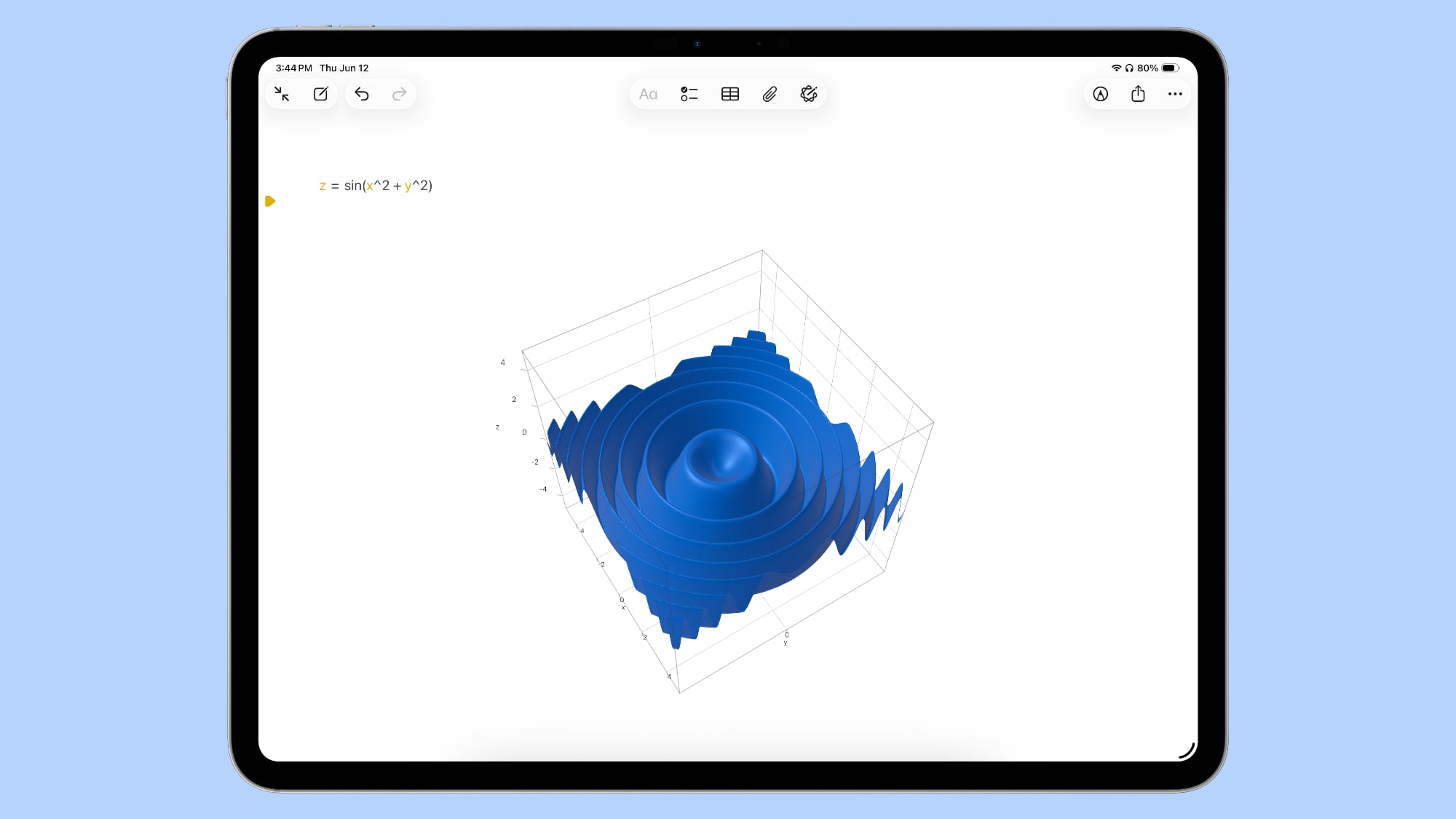

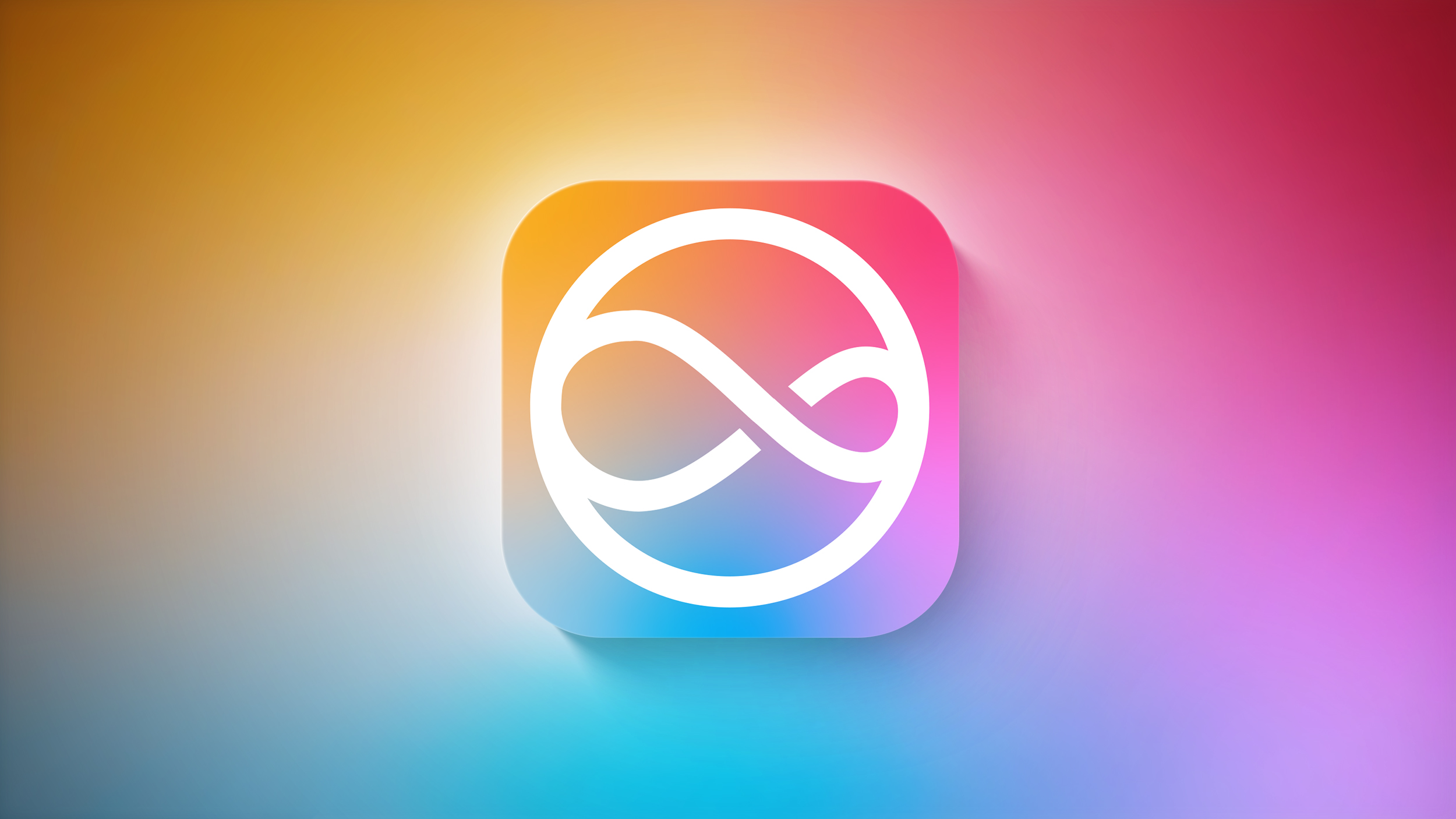



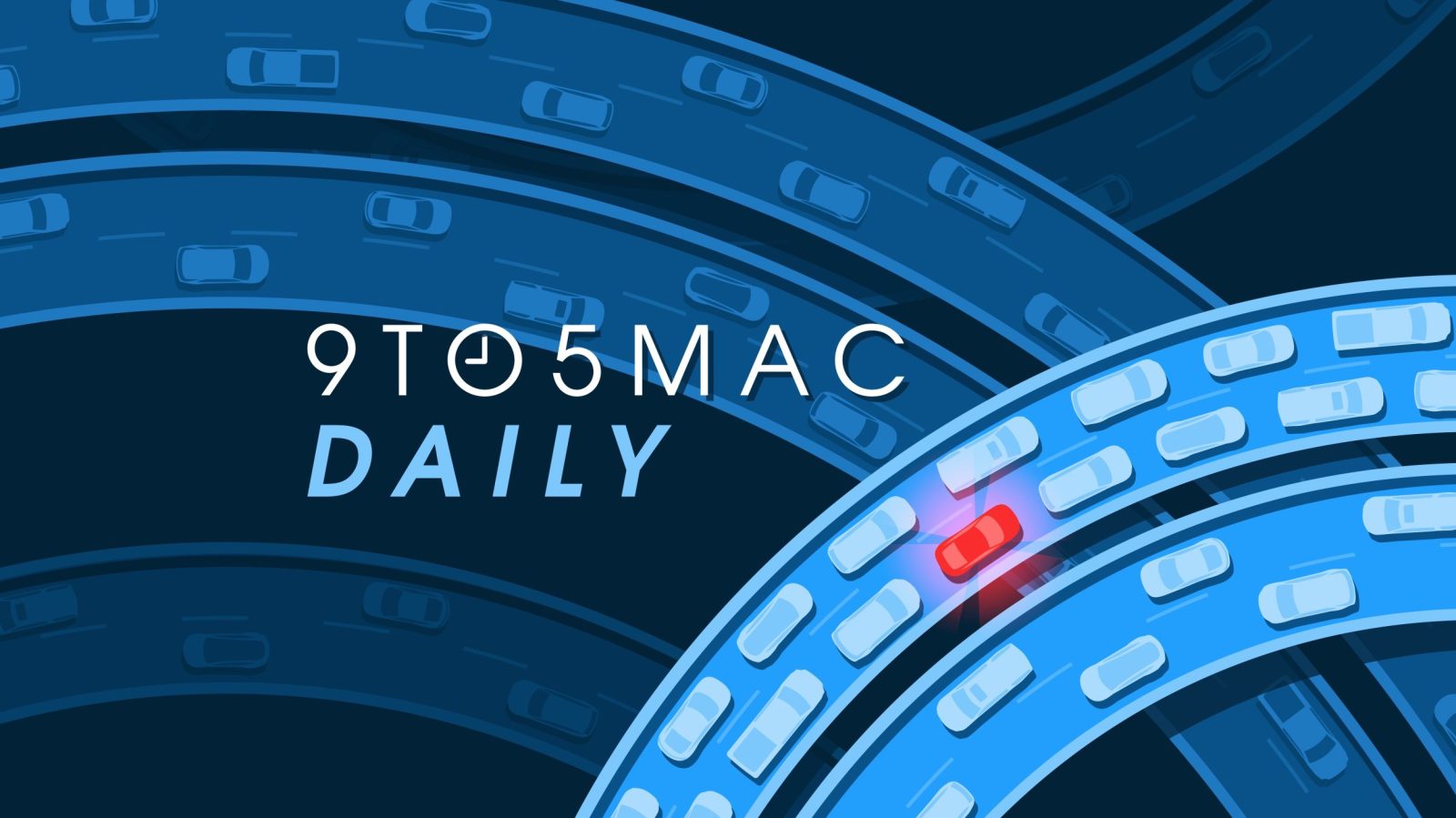

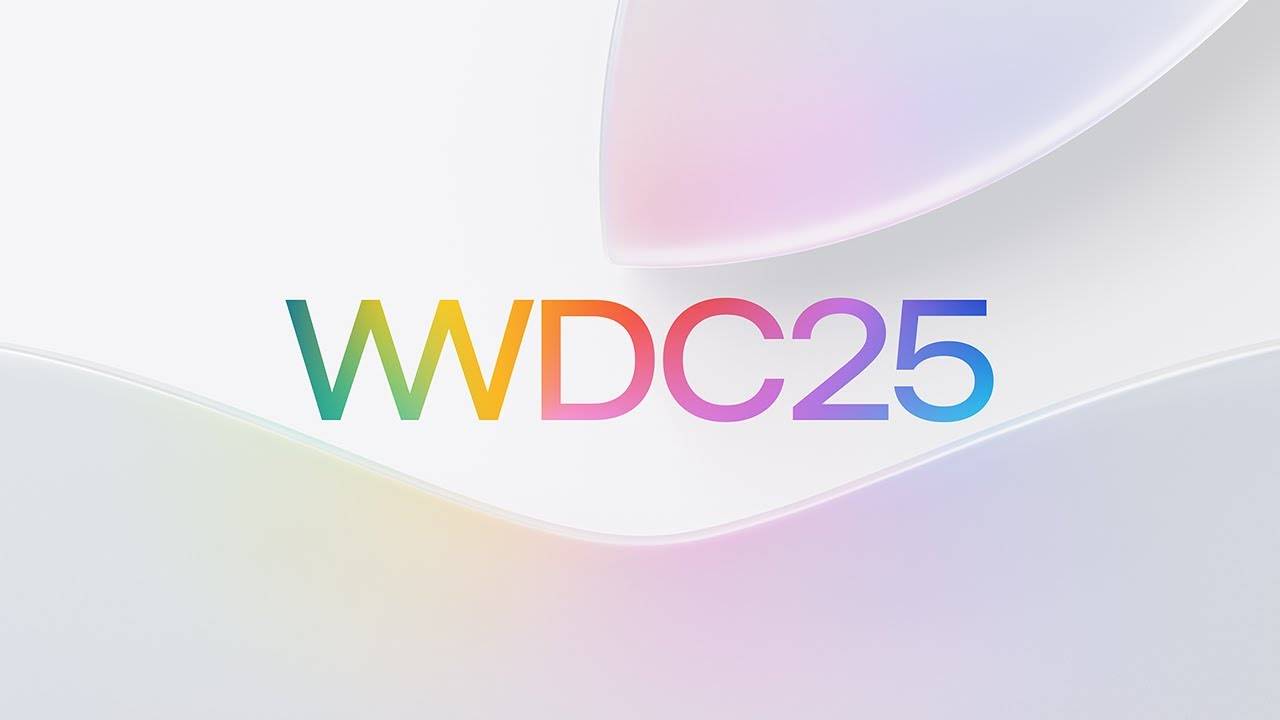
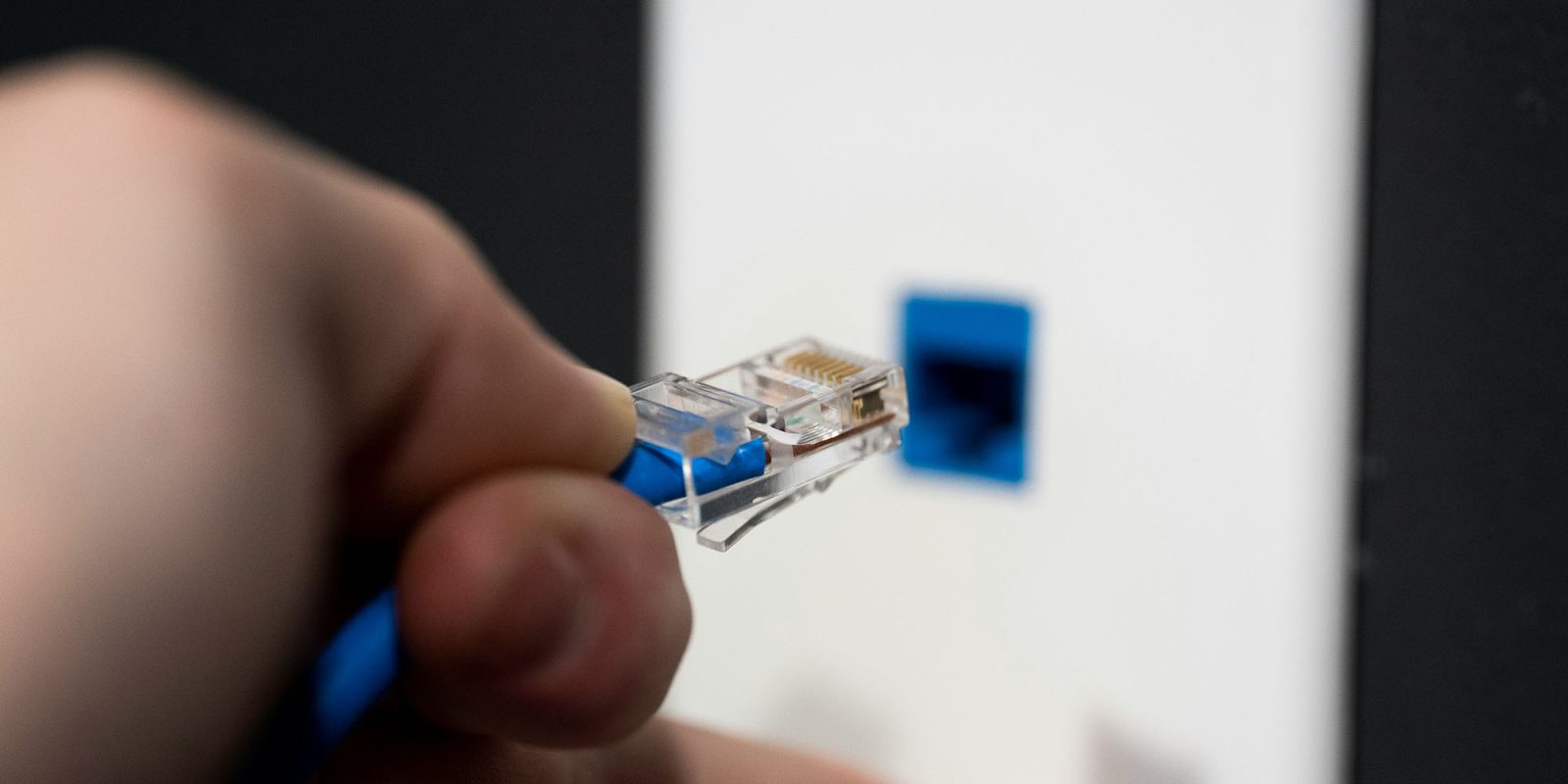


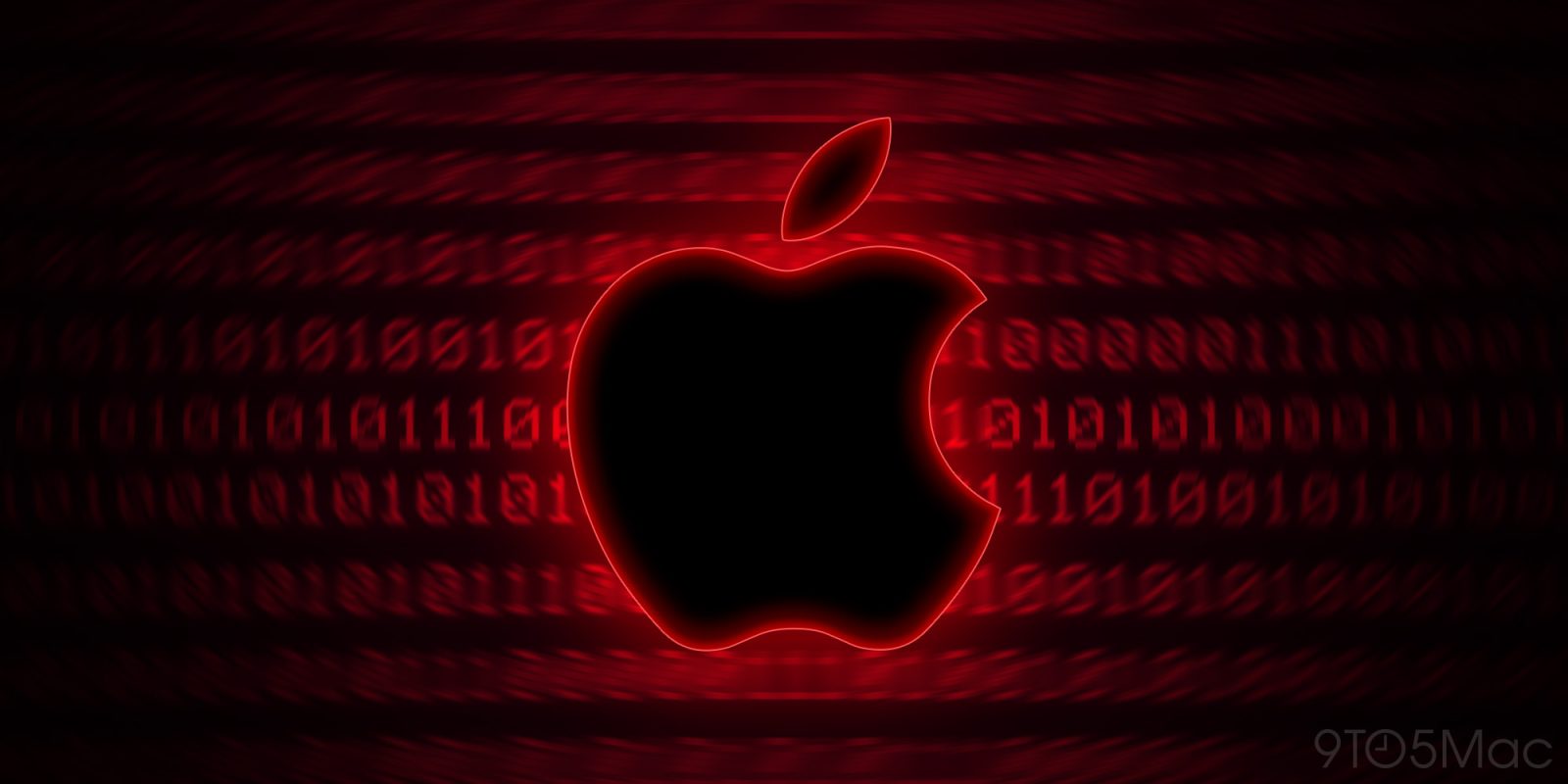
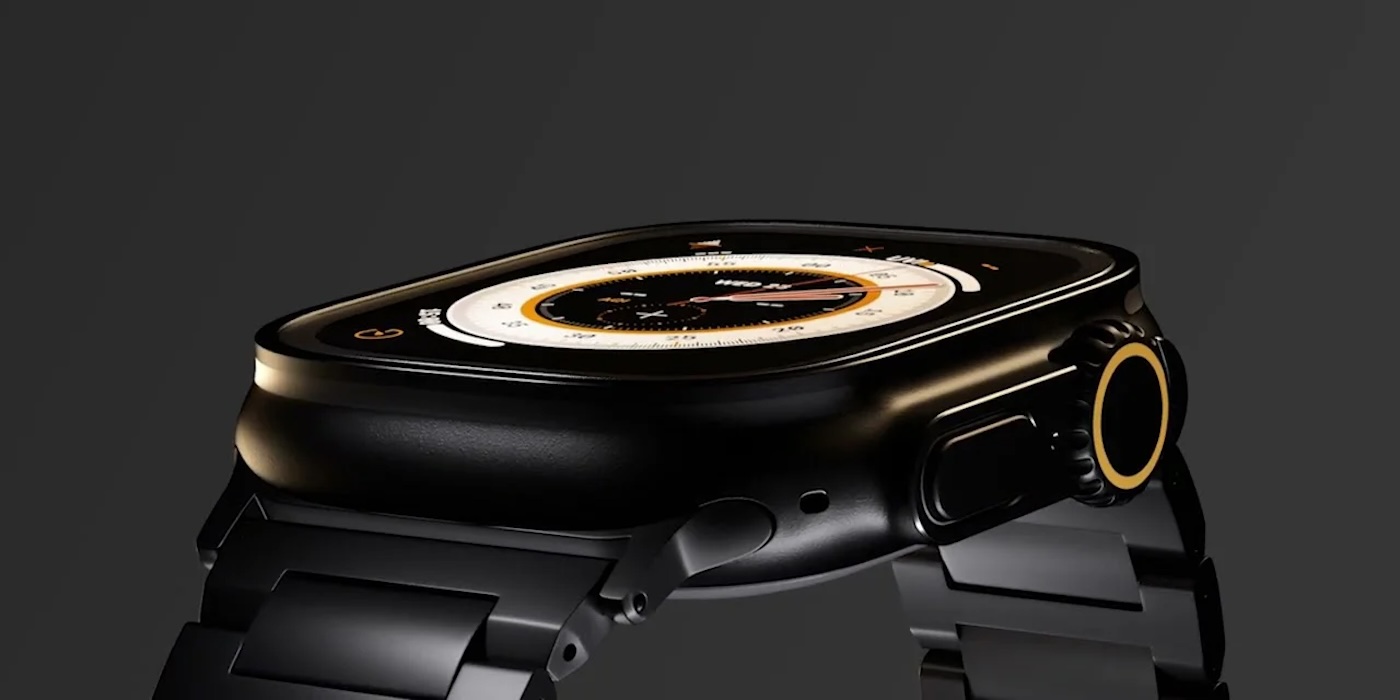



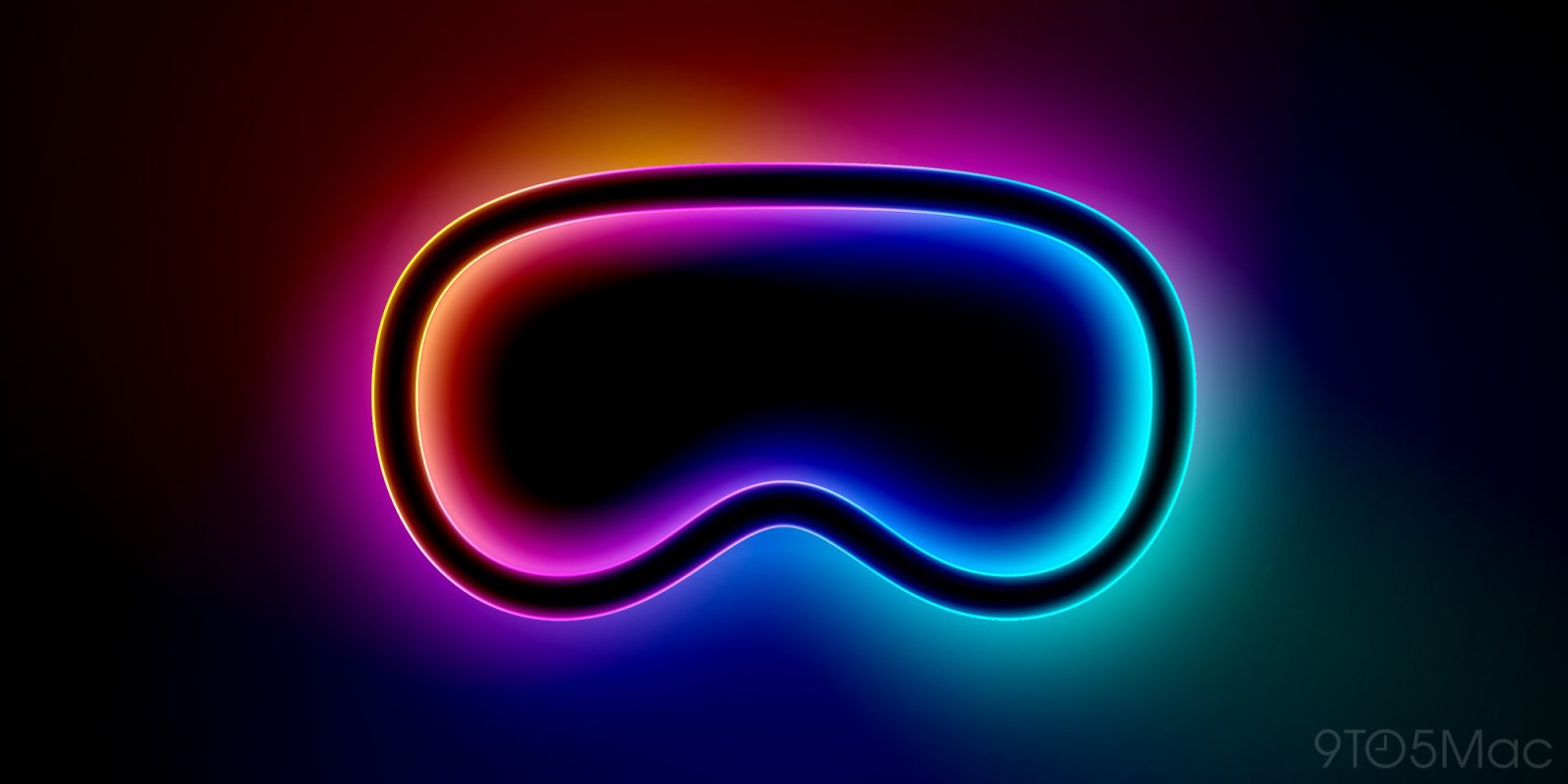






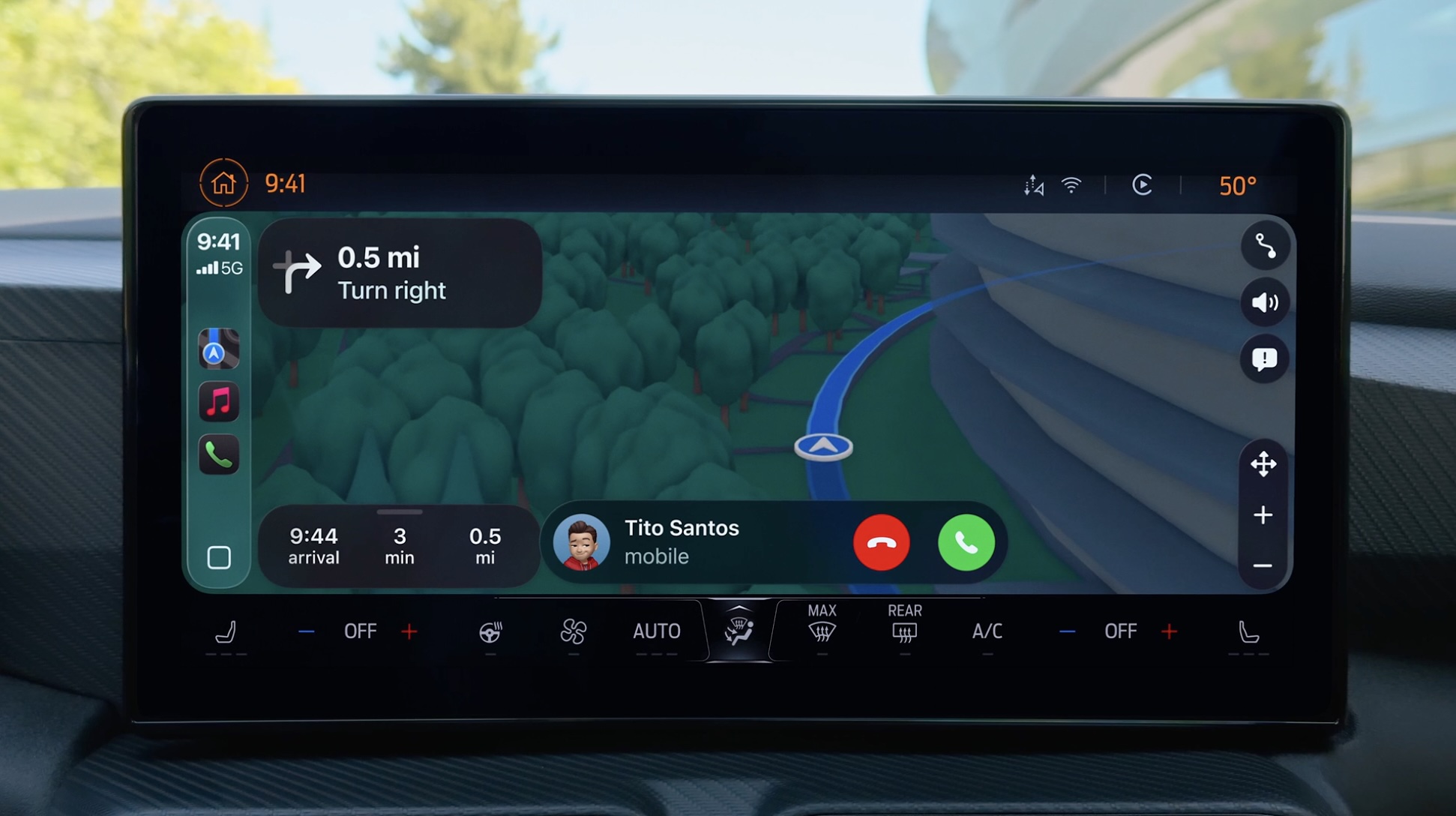
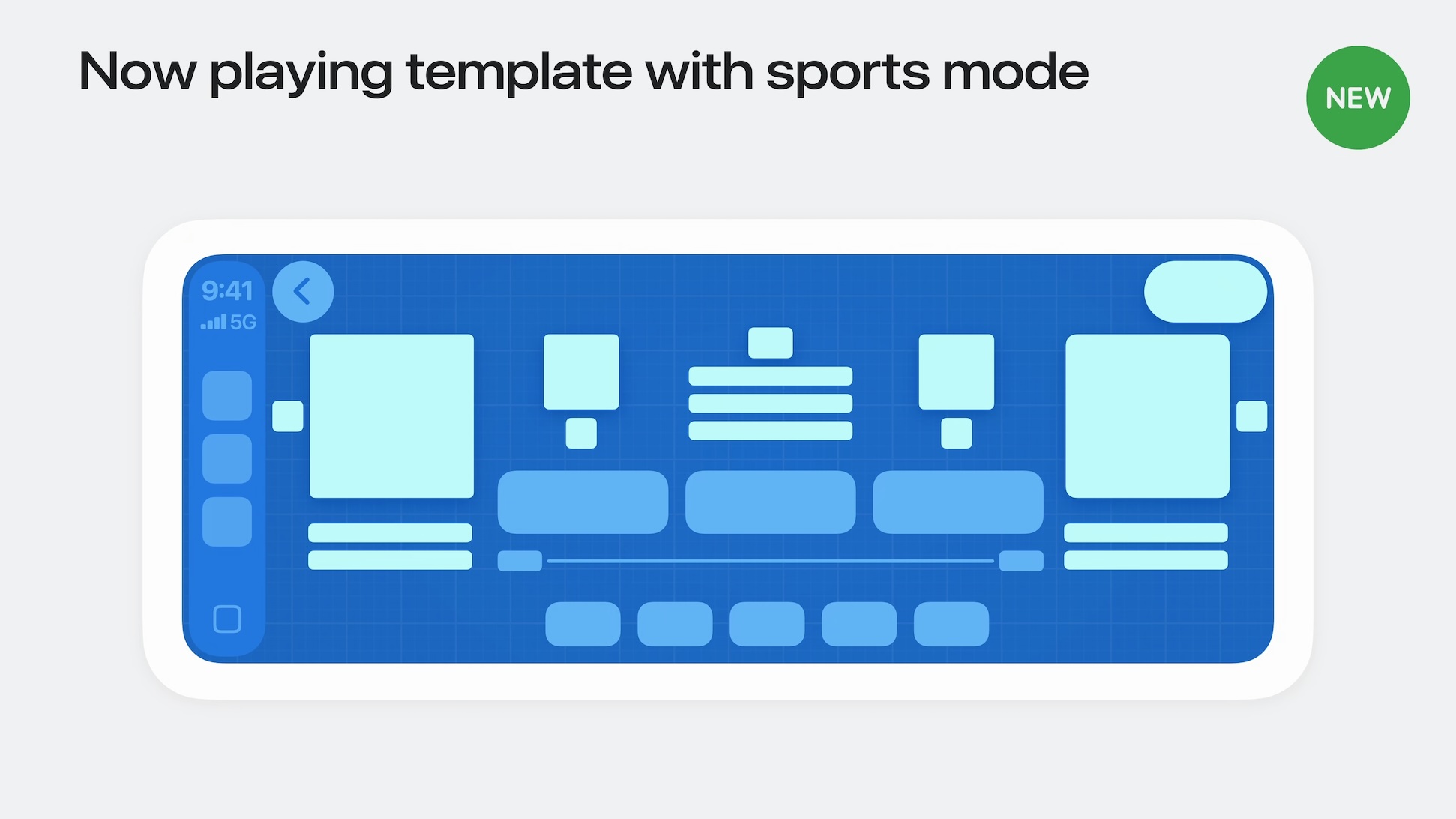

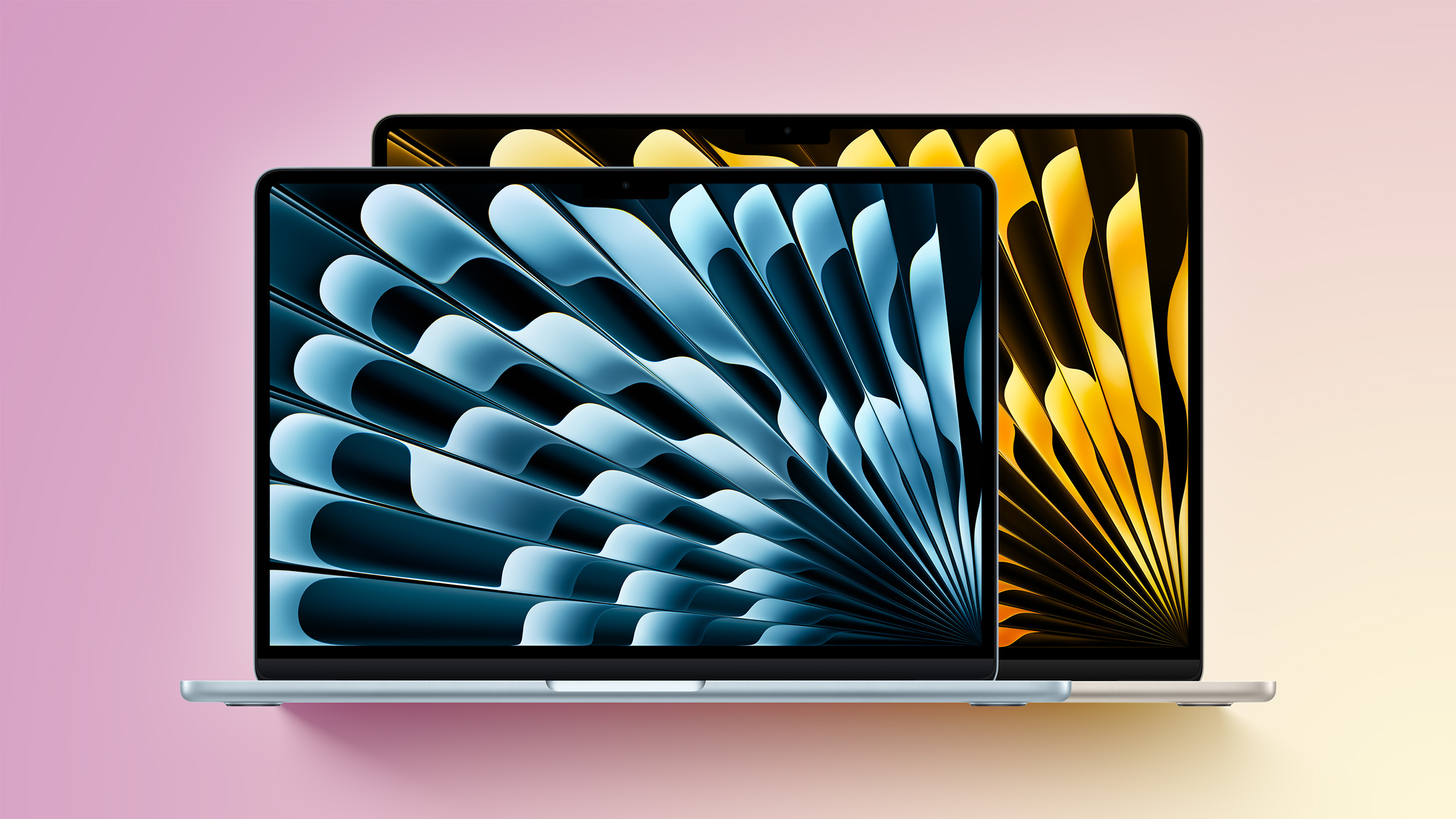 Note: MacRumors is an affiliate partner with some of these vendors. When you click a link and make a purchase, we may receive a small payment, which helps us keep the site running.
Note: MacRumors is an affiliate partner with some of these vendors. When you click a link and make a purchase, we may receive a small payment, which helps us keep the site running.

